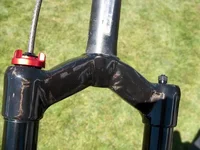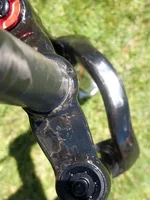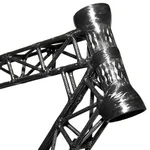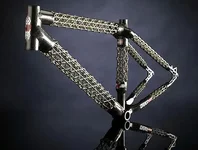Young Roids
Member
- :
- The pennies have been saved the MS3 is mine!
Carbon fiber, the material that makes expensive hoods that don't line up right. We all thought this stuf was all about the weave patern with the typical two color black and darkgrey scheme. Well now it comes to light that carbon doesn't have to be woven at all and is probably more effective when it is not. From this point onward we are going to start to see the dropping of the obligitory "fiber" after carbon. From now on things will start moving into the carbon side of things. Check out this bicycle fork for an image of what I am talking about, what you see before you is a carbon fork minus the once obligitory weave pattern on the surface.



![ec90rod[1].webp](/forum/data/attachments/93/93345-a7d468b5500a707387e91b14fadc4403.jpg?hash=1O8iWOYWVU)

